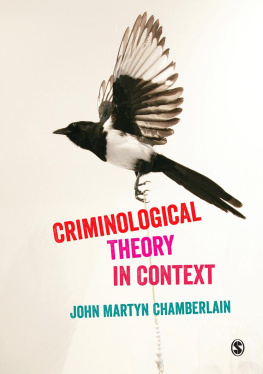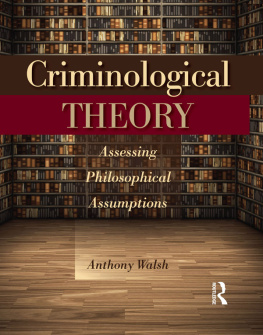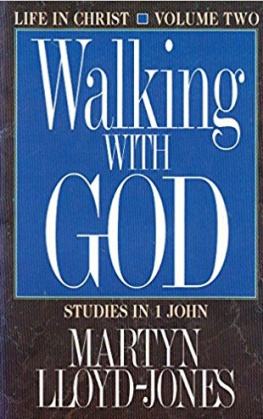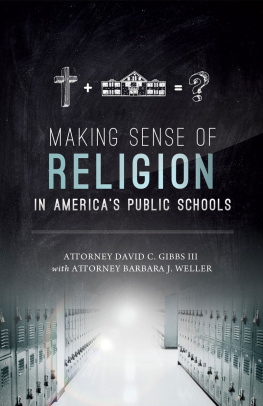SAGE Publications Ltd
1 Olivers Yard
55 City Road
London EC1Y 1SP
SAGE Publications Inc.
2455 Teller Road
Thousand Oaks, California 91320
SAGE Publications India Pvt Ltd
B 1/I 1 Mohan Cooperative Industrial Area
Mathura Road
New Delhi 110 044
SAGE Publications Asia-Pacific Pte Ltd
3 Church Street
#10-04 Samsung Hub
Singapore 049483
John Martyn Chamberlain 2015
First published 2015
Apart from any fair dealing for the purposes of research or private study, or criticism or review, as permitted under the Copyright, Designs and Patents Act, 1988, this publication may be reproduced, stored or transmitted in any form, or by any means, only with the prior permission in writing of the publishers, or in the case of reprographic reproduction, in accordance with the terms of licences issued by the Copyright Licensing Agency. Enquiries concerning reproduction outside those terms should be sent to the publishers.
Library of Congress Control Number: 2014942886
British Library Cataloguing in Publication data
A catalogue record for this book is available from the British Library
ISBN 978-1-44626-986-2
ISBN 978-1-44626-987-9 (pbk)
Editor: Natalie Aguilera
Editorial assistant: James Piper
Production editor: Sarah Cooke
Copyeditor: Jane Fricker
Proofreader: Lynda Watson
Indexer: Judith Lavender
Marketing manager: Sally Ransom
Cover design: Jennifer Crisp
Typeset by: C&M Digitals (P) Ltd, Chennai, India
Printed in Great Britain by Henry Ling Limited at The Dorset Press, Dorchester, DT1 1HD
Dedication
For my daughter Freyja,
for reminding me about classical and operant conditioning.
For my family,
Freda, Irene, Shelly, Gemma, Harvey, Sasha, Cody, Andy, Richard and Geoffrey.
And for Jane,
because she said yes...
Purpose and Structure of this Book
This book offers the reader a concise but authoritative overview of criminological theory, including classical, biological, psychological and sociological approaches, an analysis of the strengths and weaknesses of each theory discussed, as well as recommendations for further reading and self-study. The idea of completing a theoretical course in criminology as part of their studies may well be attractive to students. But it can nevertheless be quite a daunting exercise to complete and indeed cause them to become anxious about their ability to make their way through what at times can be quite complex and esoteric learning material. This book seeks to make this process a little easier for the first-time student in particular through outlining in a clear and concise manner the main features of different theoretical approaches to the problem of crime against the background of their emergence within the development of criminology as an academic discipline. Hence it has two key aims:
- To provide an introduction to different types of criminological theory as well as to place this discussion within the context of the historical development of criminology as an academic discipline.
- To outline key features of the theories discussed and provide guidance and further readings to help students plan a research project.
The following chapters are structured in such a way as to fulfil these aims. , Classical Criminology and Contemporary Rational Choice Theory, begins our journey into the realm of criminological theory by examining how criminal behaviour is the result of a person exerting their free will and weighing up the costs and benefits of pursuing a line of action. This view of crime emphasises that its causes lie in our ability to choose how to act. The chapter discusses how the emergence of the Classical criminological view of crime and the criminal was the result of a gradual shift away from religious interpretations of human nature and the natural world. This, in turn, was bound up with the growth of modern science and liberal-democratic politics from the eighteenth century onwards.
focuses on Biological criminology and how medicalised explanations and solutions to the problem of crime have changed and developed over the last two centuries. The chapter covers approaches which focus on physical difference, genetics and biochemistry, diet and nutrition, in shaping how criminologists understand the causes of criminal behaviour. In doing so, the chapter highlights the importance of the interaction of environmental and genetic factors in shaping human behaviour, as well as how Psychological and Sociological criminologists criticise Biological criminologists for neglecting the role of cognitive and socio-cultural factors.
builds on the previous two chapters and explores Psychological criminology. It focuses on personality and cognitive development as well as psychosocial learning theories in the form of social learning and differential association theory. It also considers the contribution of research into violent and sex offenders to understanding the causes of crime. The chapter highlights how, like Classical criminology and Biological criminology, Psychological forms of criminology locate the causes of crime inside the individual. Although rather than emphasising free will and genetics, it is argued that our actions are to some extent determined by our psychological makeup and learned behaviour.
In , Strain Theory, Social Disorganisation Theory and Labelling Theory, we move towards a more sociological focus looking at explanations for crime which highlight the role of social change and anomie, the organisation of city spaces and urban environments, along stereotyping and labelling, in promoting antisocial deviant and criminal behaviour.
, Critical Criminology, Part 1: Marxist, Peacemaking and Realist Theories of Crime, introduces Critical forms of criminology, which collectively critique earlier forms of criminology (both sociological and otherwise) for advocating a positivist value-free form of criminology and failing to acknowledge the role of class, race and gender in shaping both definitions of crime and law and the likelihood that an individual will be labelled deviant and criminal. The chapter focuses on explanations for crime based on economic and social inequality as expressed in and through the class system.
and explores how criminologists came to recognise the importance of adopting a more critical stance towards traditional explanations of the causes of crime which by and large ignored the role of gender and race and ethnicity, in addition to class, when it came understanding why crime happens and what the solution to it should be. It also highlights sociological subcultural theory, which is concerned with exploring the role of youth and alternative subcultures in relation to crime, as well as the emergence more lately of Cultural criminology. This emphasises the role played by human emotions and thrill seeking behaviour in crime.













